
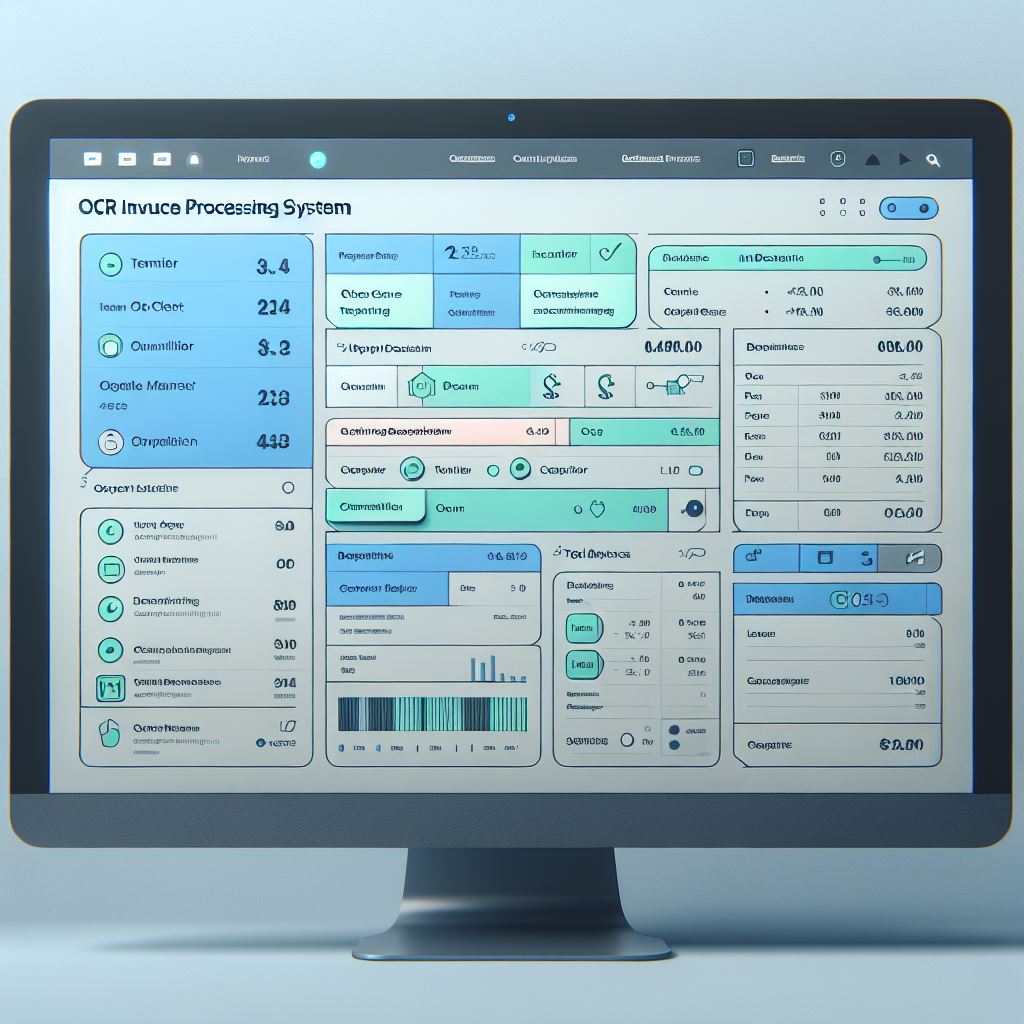
OCR 505 – Understanding Configuration Groups in Invoice Capture: A Helpful Trick
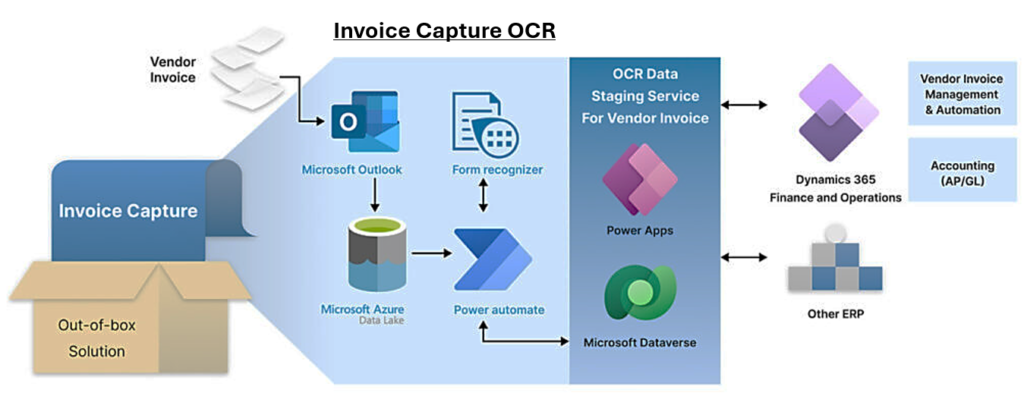
Table of Contents
ToggleIntroduction
In accounts payable, managing invoices effectively is key to ensuring timely payments and good relationships with vendors. A vital part of this process in D365 Finance is configuration groups. These groups help businesses set rules for how invoices are processed. In this article, we’ll explain what configuration groups are and share a handy trick to make creating them easier.
What is a Configuration Group?
Configuration groups are collections of rules and settings that determine how invoices from specific vendors are handled. They help ensure that invoices are processed consistently and accurately. These groups can include things like approval workflows and matching criteria, tailored to fit the needs of different vendors.
Linking Configuration Groups to Vendor Records
One great feature of configuration groups is that you can link them to specific vendors. This means that all invoices from a particular vendor will follow the rules defined in that group. By doing this, you can make sure that invoices are processed according to each vendor’s unique requirements, leading to smoother operations.
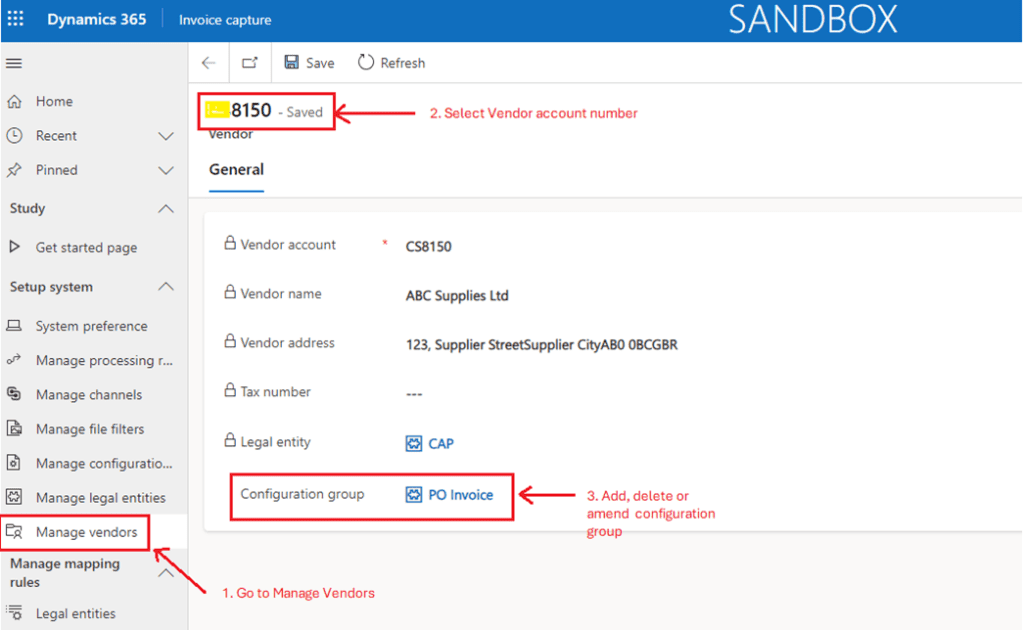
A Helpful Trick for Creating Configuration Groups
When working in the Invoice Capture Configuration Groups list page, users may initially feel constrained by the lack of a dedicated button to create new groups. However, by selecting a default group, users can unlock a powerful feature that allows them to duplicate existing configurations. Here’s how to do it:
- Select a Default Group: Navigate to the Invoice Capture Configuration Groups list page and choose any existing configuration group that meets your needs.

- Copy the Group: Once the group is selected, look for the copy or duplicate option, usually available in the command bar or context menu. This action will create a new configuration group pre-populated with the selected group’s settings.

- Confirm copy
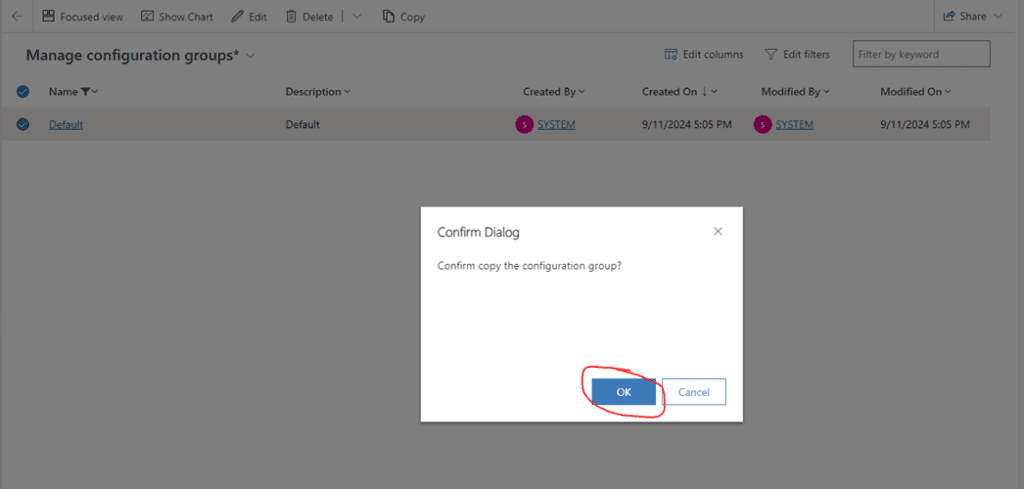
- Amend the New Record: After copying the group, you can easily amend the new configuration to suit your specific requirements. This includes updating names, settings, or any other parameters necessary for your operations.

Conclusion
Configuration groups are essential for making invoice processing smoother, especially when linked to specific vendors. By using the trick to copy existing groups, you can save time and set up new groups quickly. This efficiency helps ensure that invoices are managed accurately, strengthening your relationships with vendors and improving overall operations. Embrace this simple strategy to enhance your accounts payable processes!
Expand Your Knowledge: See More Invoice Catpure Blogs
I am Yogeshkumar Patel, a Microsoft Certified Solution Architect and ERP Systems Manager with expertise in Dynamics 365 Finance & Supply Chain, Power Platform, AI, and Azure solutions. With over six years of experience, I have successfully led enterprise-level ERP implementations, AI-driven automation projects, and cloud migrations to optimise business operations. Holding a Master’s degree from the University of Bedfordshire, I specialise in integrating AI with business processes, streamlining supply chains, and enhancing decision-making with Power BI and automation workflows. Passionate about knowledge sharing and innovation, I created AI-Powered365 to provide practical insights and solutions for businesses and professionals navigating digital transformation. 📩 Let’s Connect: LinkedIn | Email 🚀


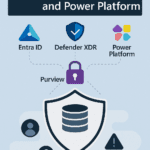





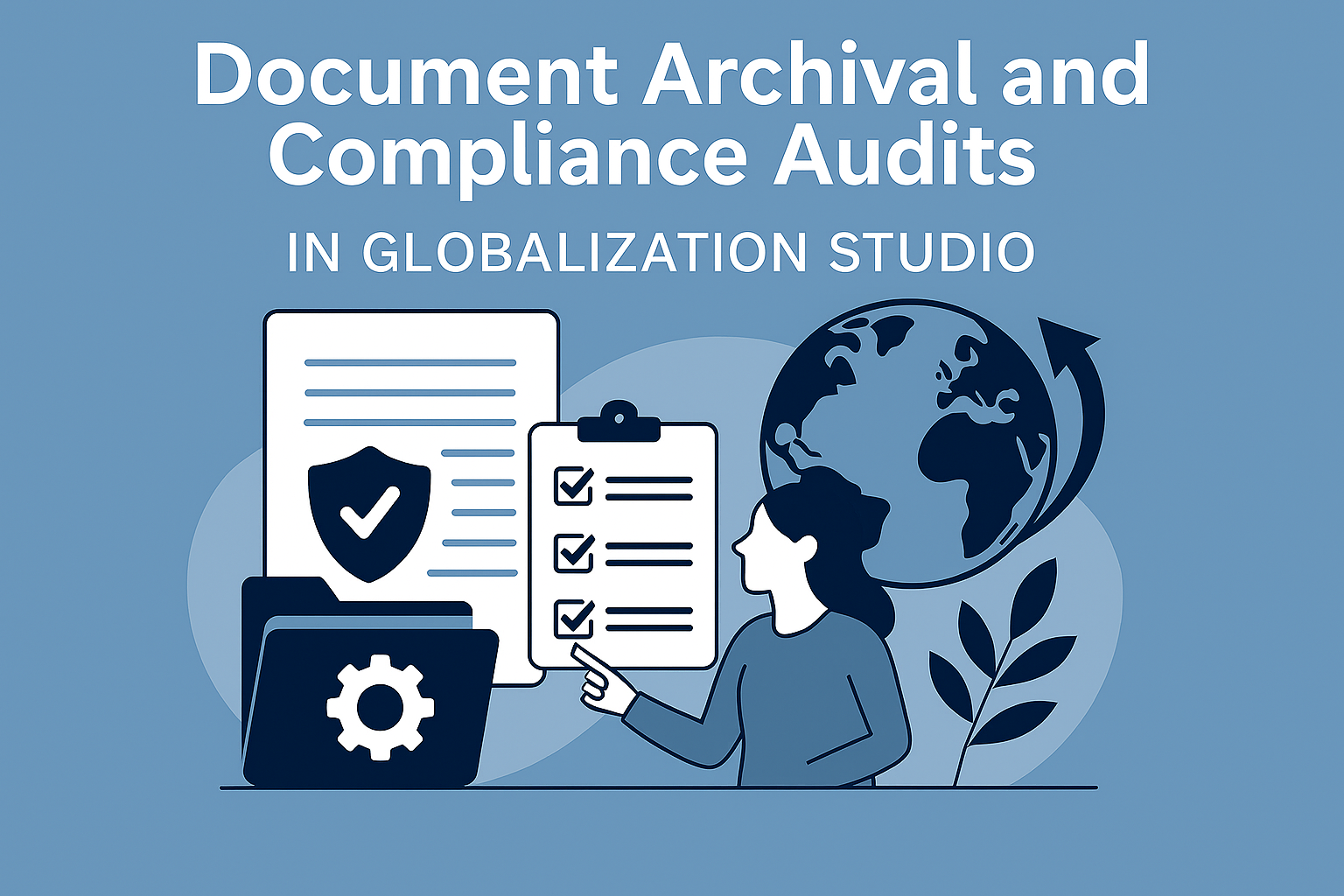











Post Comment